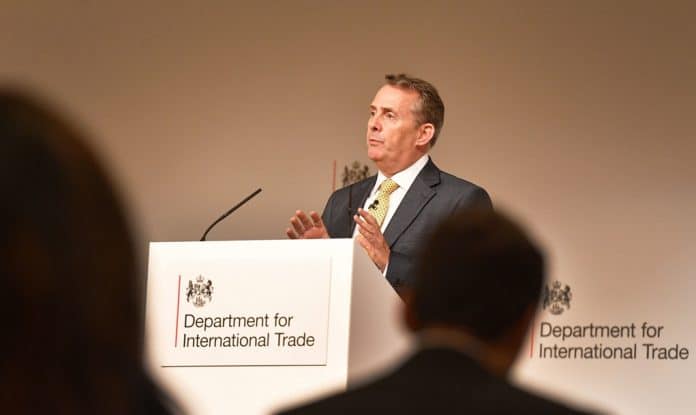Export strategy has warm words for SMEs but few specifics
The government has put SMEs at the heart of its plans to boost exports to account for 35 per cent of GDP.
Currently, overseas exports account for 30 per cent of GDP, equating to £620bn of goods and services.
However, the Department for International Trade estimates that 400,000 businesses believe they could export but don’t, while demand for British expertise and goods overseas is only growing.
However, apart from warm words, specifics on what the government intends to do to encourage SMEs to export are vague.
DIT says it will provide information, advice and practical assistance on exporting.
And it will also make potential exporters aware of the £50bn worth of export finance and insurance support offered from UK Export Finance, promoting the organisation in overseas markets to help British companies and consortia win contracts.
Trade and export minister Baroness Fairhead said: “As the world’s sixth-largest exporter, we do punch above our weight. However, we also punch below our potential. This Export Strategy sets out to take us from the middle of the G7 to near the top.”
Earlier this year, DIT appointed former Barclays head of corporate banking John Mahon as the UK’s first Director General of Exports, to lead implementation of the strategy.
Commenting on the announcement, Brian Jamieson, co-founder and CEO at foreign exchange and international payments firm Centtrip, said: “While the future trading relationship with the EU remains unclear, the government’s ambitious new plans to support SMEs looking to export globally is welcome. SMEs are a vital part of the economy and the new strategy will help business owners leverage exporting opportunities, both inside and outside the EU.”
Luke Smith, co-founder and CEO of digital marketing agency Croud added that it was essential that the public sector does as much as possible to support UK SMEs looking to conduct business overseas.
“However, SMEs need more governmental support to make this happen,” he said.


